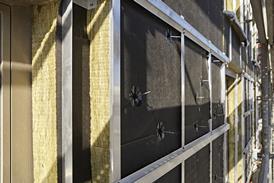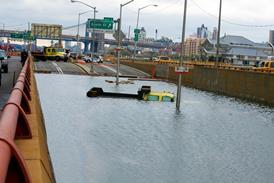Trench collapses have killed three people since April, prompting the Health and Safety Executive (HSE) to push for trenchless techniques such as directional drilling or impact moling, both of which can avoid the need to dig a trench in the first place. But if you have to dig, the HSE says, dig it safely.
“Trench collapses are entirely avoidable,” said HSE specialist inspector Nigel Thorpe. “Without suitable support, any face of an excavation will collapse. It’s just a matter of when. The steeper and deeper the face, the wetter the soil, the sooner the collapse.”
Practical advice on working in excavations is available from HSE, and includes:
- If a trench is used, prevent the sides and the ends of trenches from collapsing by battering them to a safe angle;
- Support them with proprietary systems, trench sheets or timber;
- Don’t enter unsupported excavations;
- Provide suitable edge protection to prevent persons or materials falling into the excavation;
- Avoid surcharging the ground adjacent to the excavation with plant, stored materials, spoil or loads from existing structures;
- Never work ahead of the support;
- Ensure there is a suitable means of access and egress; n Remember that work in shallow trenches can be dangerous, for example if the work involves bending or kneeling in the trench;
- Locate existing services in the vicinity of and above the line of the excavation.
2004’s casualty list illustrates the wisdom of the HSE’s advice. In Scotland in April a man died when the 2.5 metre trench he was working in collapsed, and in East Sussex in May a man was killed when he jumped into a 3m-deep trench which then collapsed on him. One man died and another was injured in July when a 3m-deep trench collapsed in an unsupported area of work in Yorkshire.
Source
Construction Manager





















No comments yet